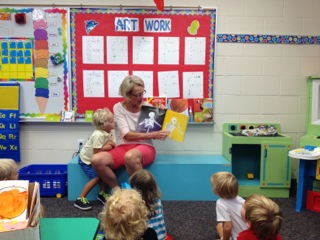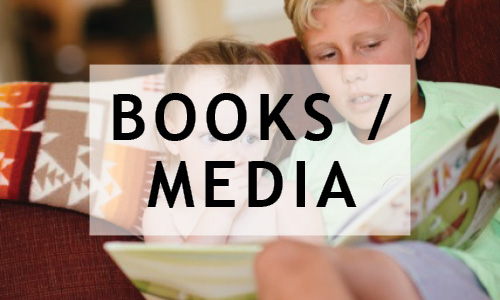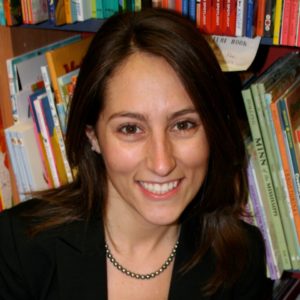 I’m always interested in current research to back our therapy and planning for kids with special needs. As a pediatric speech language pathologist, I am often highly involved in putting together a balanced and comprehensive plan for therapies for kids that are identified in their preschool years. Last year it was a 5 year-old who moved in from out of town and was struggling in kindergarten, and then switched to a private program in a preschool. After identifying the best professionals to test him and collaborating on results, he was diagnosed with dyslexia and a schedule of therapies was adopted across several disciplines. Often when I start working with a preschooler just diagnosed on the autism spectrum, after revuewing test results and recommendations from the neuropsychologist, speech pathologist and OT, we look at the best program to help that child. One of the tough steps can be for the parents to juggle how much time to spend with the different therapist and whether to move to a “school” setting type of preschool in lieu of their typical preschool. I know it sounds like a lot of hours of school for a little one, but I usually recommend they stay in their preschool program and add the special education program in their school district. Recent research supports this.
I’m always interested in current research to back our therapy and planning for kids with special needs. As a pediatric speech language pathologist, I am often highly involved in putting together a balanced and comprehensive plan for therapies for kids that are identified in their preschool years. Last year it was a 5 year-old who moved in from out of town and was struggling in kindergarten, and then switched to a private program in a preschool. After identifying the best professionals to test him and collaborating on results, he was diagnosed with dyslexia and a schedule of therapies was adopted across several disciplines. Often when I start working with a preschooler just diagnosed on the autism spectrum, after revuewing test results and recommendations from the neuropsychologist, speech pathologist and OT, we look at the best program to help that child. One of the tough steps can be for the parents to juggle how much time to spend with the different therapist and whether to move to a “school” setting type of preschool in lieu of their typical preschool. I know it sounds like a lot of hours of school for a little one, but I usually recommend they stay in their preschool program and add the special education program in their school district. Recent research supports this.
Research done at Ohio State University and reported this summer showed that typical peers can have an impact on the language abilities of a child with disabilities in the classroom, but beyond that, the language level of the peers is critical. According to an article in Association for Psychological Science, “While peers with strong language skills can help boost their classmates’ abilities, being surrounded by peers with weak skills may hinder kids’ language development.” There was a clear difference in the impact of typical peers’ language abilities on those with disabilities, based on the if the peers were less or highly-skilled in language. “In general, preschoolers whose peers had relatively high language skills showed more improvement in their own language skills over the course of the school year than did children whose peers’ skills were not as strong.” So integration is important as well as maximizing the language skill level of typical peers as you look for the best program for your student with disabilities or guide parents in choosing the best program for their child.
T



